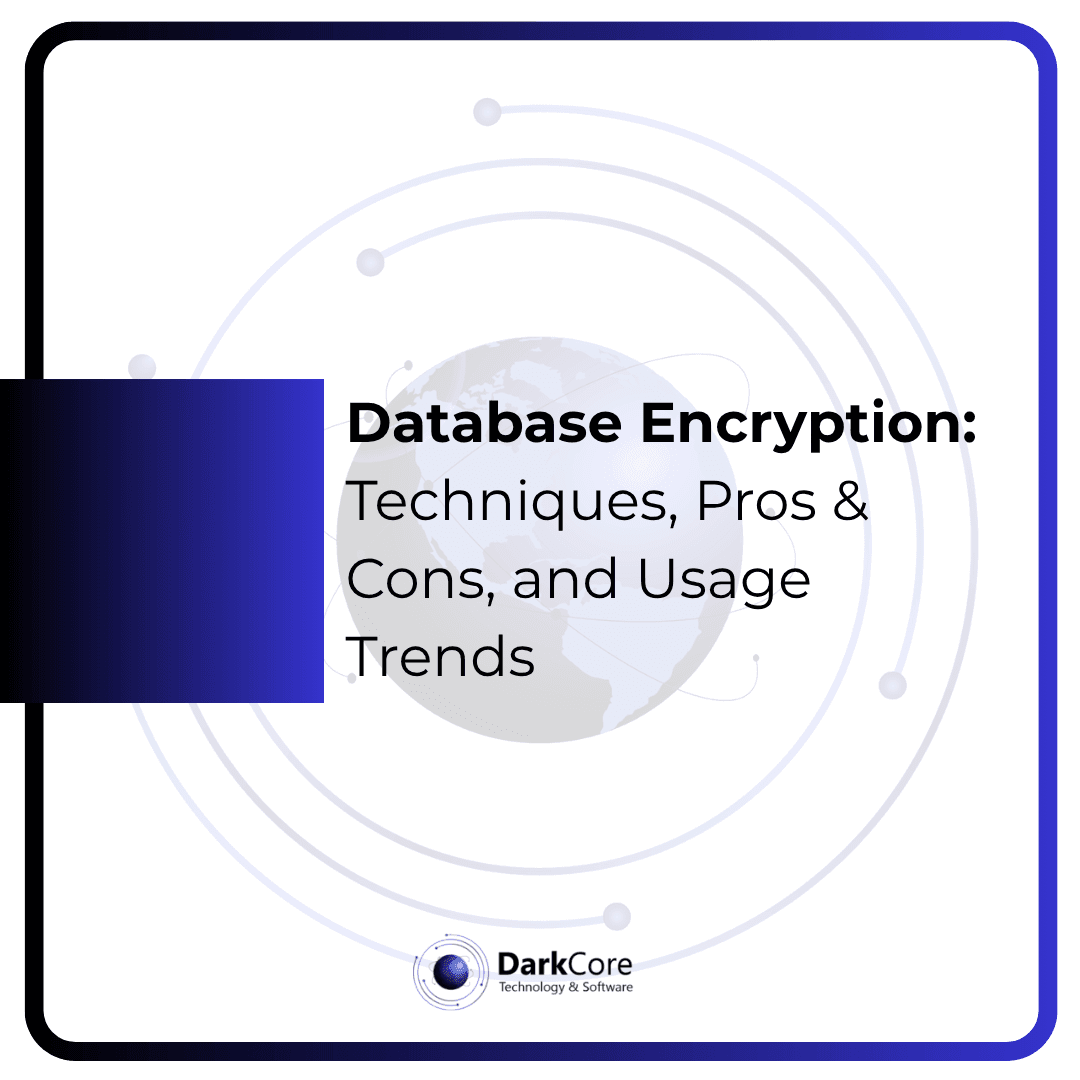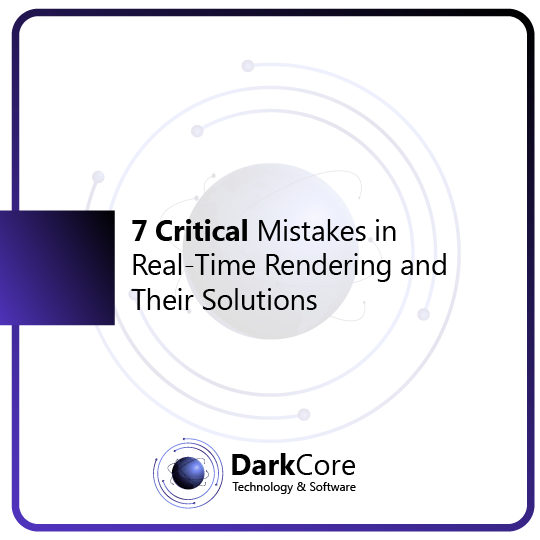Database encryption has become one of the most essential security layers in the digital era. By transforming readable data (plaintext) into encrypted form (ciphertext), it ensures that even if unauthorized access occurs, the information remains protected. Especially with the massive shift to cloud infrastructure, encryption is now at the heart of every modern data protection strategy.
What Is Database Encryption?
Database encryption protects data at rest, in transit, and sometimes even while it’s in use. It can be applied at different layers — table, column, file system, or even the application level.
The core goal is simple: ensure only authorized users can access the readable form of sensitive data.

Core Encryption Techniques
1. Symmetric Encryption
Uses the same key for both encryption and decryption (e.g., AES – Advanced Encryption Standard).
Pros: Fast and efficient for large data volumes.
Cons: Key sharing is a security risk; key management can get complex.
2. Asymmetric Encryption
Uses a “public key” for encryption and a “private key” for decryption (e.g., RSA, ECC).
Pros: No need to share private keys; improves security for distributed systems.
Cons: Slower than symmetric methods; not ideal for encrypting massive datasets.
3. Column, Table, and File-Level Encryption
Encrypts specific sensitive data or entire database objects.
Pros: Targeted encryption saves resources and improves efficiency.
Cons: Requires extra configuration; can affect query performance.
4. Transparent Data Encryption (TDE)
Encrypts data at the storage level without modifying applications.
Pros: Easy to implement; seamless for most systems.
Cons: Data remains readable while in use; protects only at-rest data.
5. Advanced Methods – Homomorphic & Searchable Encryption
These modern methods allow computations or queries on encrypted data without decryption.
Pros: Enhanced data privacy and utility.
Cons: Computationally expensive; still maturing in enterprise use.
How to Choose the Right Technique
- Storage-level threats? → Use TDE.
- Protecting specific fields? → Go for column-level encryption.
- Shared or multi-tenant apps? → Use application-level encryption.
- Need to search on encrypted data? → Consider property-preserving or homomorphic encryption.
Key Advantages
- Confidentiality: Protects sensitive data even if compromised.
- Compliance: Meets requirements of GDPR, HIPAA, PCI DSS, and similar regulations.
- Trust: Boosts customer and partner confidence.
- Reduced leak risk: Secures backups, archives, and removable drives.
- Data mobility: Easier and safer migration to cloud environments.
Challenges and Limitations
- Performance overhead: Encryption and decryption consume CPU and I/O resources.
- Key management: Storing and rotating keys securely is often the biggest challenge.
- Architectural complexity: Some methods require application-level changes.
- Query limitations: Encrypted data can’t be easily sorted or filtered.
- Storage cost: Encrypted data may occupy more disk space.
Current Adoption and Market Statistics
- Only ~45% of sensitive cloud data is encrypted today.
- About 62% of organizations report having a consistent enterprise-wide encryption strategy.
- The global database encryption market was valued at $14.81 billion (2023) and is projected to reach $58.92 billion by 2032, growing at a CAGR of ~16.6%.
These figures show that encryption adoption is rising fast but still far from universal.
Implementation Recommendations
- Define an enterprise-wide encryption policy (which data, which layer, who manages keys).
- Benchmark performance impact before production.
- Establish proper key lifecycle management — creation, rotation, recovery.
- Align backup strategies with encryption policies.
- Keep cryptographic algorithms up-to-date; avoid outdated ones like 3DES.
- Educate teams — encryption is not just technology, it’s also process and awareness.
Database encryption is no longer optional; it’s a core part of modern cybersecurity.
With the right balance of technology, performance, and governance, encryption not only protects your data but also strengthens regulatory compliance and customer trust.








